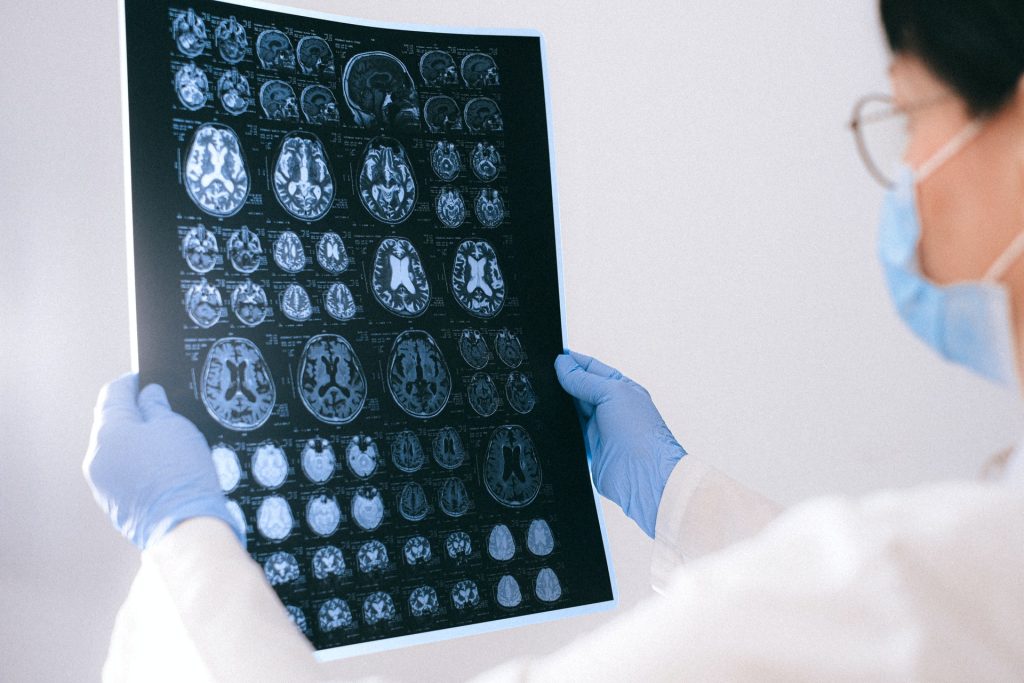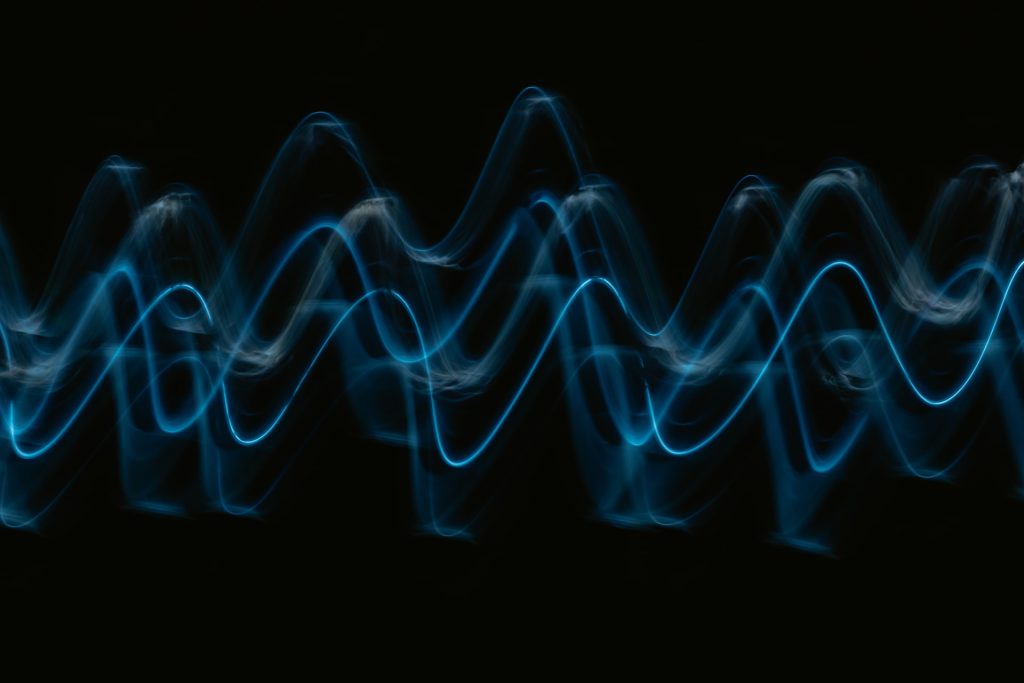Scans of Brain Connectivity in Veterans Yield Objective Pain Measures

A brain connectivity study of military veterans discovered three unique brain subtypes potentially indicating high, medium, and low susceptibility to pain and trauma symptoms. This could constitute an objective measurement of pain and trauma susceptibility, possibly leading to personalised treatments and new therapies based on neural connectivity patterns.
Comorbidity Goes Unexplored
“Chronic pain is a major public health concern, especially among veterans,” said first author Prof Irina Strigo. “Moreover, chronic pain sufferers almost never present with a single disorder but often with multiple co-morbidities, such as trauma, posttraumatic stress, and depression.”
It is already understood that both pain and trauma can affect brain connections, but this had not been studied in the context of comorbid trauma and pain. Much pain and trauma research also relies on subjective measurements, such as questionnaires, rather than objective measurements like brain scans. This study, published in Frontiers in Pain Research, addresses these problems.
Theresearchers studied a group of 57 veterans with both chronic back pain and trauma, who had quite varied symptoms in terms of pain and trauma severity. Functional MRI scans of the veterans’ brains showed the strength of connections between brain regions involved in pain and trauma. The researchers then used a statistical technique to automatically group the veterans based on their brain connection signatures, regardless of their self-reported pain and trauma levels.
Based on the veterans’ brain activity, they were sorted into three groups. Strikingly, these divisions were comparable to the severity of the veterans’ symptoms, and they fell into a low, medium, or high symptom group.
The team hypothesised that the pattern of brain connections found in the low symptom group allowed veterans to avoid some of the emotional fallout from pain and trauma, and also included natural pain reduction capabilities. Conversely, the high symptom group demonstrated brain connection patterns that may have increased their chances of anxiety and catastrophising when experiencing pain.
Interestingly, based on self-reported pain and trauma symptoms, the medium symptom group was largely similar to the low symptom group. However, the medium symptom group showed differences in their brain connectivity signature, which suggested that they were better at focusing on other things when experiencing pain, reducing its impact.
Putting the findings into future practice
“Despite the fact that the majority of subjects within each subgroup had a co-morbid diagnosis of pain and trauma, their brain connections differed,” said Prof Strigo.
“In other words, despite demographic and diagnostic similarities, we found neurobiologically distinct groups with different mechanisms for managing pain and trauma. Neurobiological-based subgroups can provide insights into how these individuals will respond to brain stimulation and psychopharmacological treatments.”
Thus far, it’s not known whether these neural hallmarks represent a vulnerability to trauma and pain or a consequence of these conditions. The technique does however provide an objective and unbiased hallmark of pain and trauma susceptibility or resilience, not reliant on subjective measures such as the surveys. In fact, subjective measurements of pain in this study would not differentiate between the low and medium groups.
Techniques using objective measures like brain connectivity appear more sensitive and could provide a clearer overall picture of someone’s resilience or susceptibility to pain and trauma, thereby guiding personalised treatment and paving the way for new treatments.
Source: Frontiers







